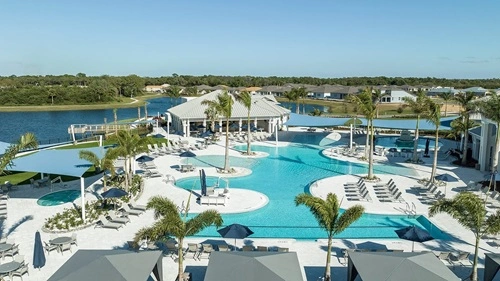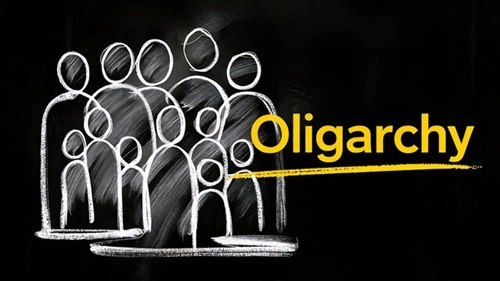Tripura is an important state in the northeastern part of India. It is bordered on three sides by Bangladesh and by the state of Mizoram in the east. It is one of the smallest Indian States and is located in an isolated hilly region of the country. Indigenous tribes are the most significant portion of the population here and its capital is Agartala. Here are some interesting facts about Tripura.
1. It is the land of the best tea in the world:

There are more than 21 tea processing factories in Tripura, and there are more than 2500 small tea-growing farmers here who produce about 8.66 million kg of tea every year. It is the fifth-largest tea-producing state in the country. It has also started a noteworthy venture called the Bio-tea, an indigenous tea brand with no chemical residue.
2. It is a land with a high literacy rate:
Though Tripura is a hilly mountainous region with a predominantly indigenous tribal population, it has a very high literacy rate of 94.65% in the country. According to the ex-chief minister Manik Sarkar, in over 8142 literacy centers, about 8154 teachers have worked tirelessly to reach the goal of this high literacy mission.
3. The land should soon witness a massive green energy revolution:
Tripura is the highest producer of natural gas in the entire country. The natural gas that is available in Tripura is actually in a non-toxic form, with more than 94% methane in it. The ONGC has an impressive contribution to increasing the revenue of the state, and is derived predominantly from producing Natural Gas.
4. Tripura has the third largest International Internet Gateway at people’s service:
Tripura has the third largest International internet gateway after Chennai and Mumbai, and it is operational in Agartala. In the long run, the state helps to expand its network in telecommunication and web and also plays a major role in configuring smart devices pretty quickly.
5. Tripura is a land of diverse cultures, festivals, and languages:
Tripura has two official languages namely Bengali and Kokborak. But the people predominantly speak Kokborak. There are over 19 tribes and many sub-tribes in Tripura. About 1/3rd of the state’s population belongs to the scheduled tribe.
6. Tripura is the largest cultivator of Bamboo:
Bamboo shoots, a key element in Southeast Asian cuisine, are widely available here. It is home to 21 of India’s 130 species of bamboo. Recently, a sophisticated bamboo tile factory was established in Bodhjungnagar to promote the productive exploitation of large reservoirs.
7. Tripura is home to many royal palaces:
Bir Bikram Kishore Debbarma Manikya, a former Royal Maharaja of the Tripura Kingdom, began construction on the water palace in 1930 and completed it in 1938. The main feature of this palace is that Rudrasagar Lake encircles it on all sides. The Ujjayanta palace in Agartala is a well-known structure that served as the royal home of Tripura’s kings. It is now a museum highlighting the state’s history and culture.
8. Tripura is a land of rich cultural heritage:
Tripura has a rich cultural legacy that combines indigenous and Bengali cultures. The state is renowned for its vivid festivals, music, dancing, and handicrafts. It is also home to some of the best temples in the country. One of the most prominent religious sites in Tripura is the Mata Tripura Sundari Temple, also known as Matabari. It is also one of the significant Shakti Peethas in India.
9. Exceptional Ethnic Composition:
Tripura is home to a variety of ethnic groups, including Tripuri, Bengali, Chakma, Mizo, and others. The indigenous Tripuri people make up a substantial portion of the population.
10. Get astonished by the lush greenery everywhere.
Tripura is noted for its natural beauty, which includes lush green hills, valleys, and rivers. The state features various animal sanctuaries and national parks, including Sepahijala Animal Sanctuary and Trishna Wildlife Sanctuary.
11. The state with a rich history:
Tripura was a princely state that had not been captured by the British when it joined the Indian Union in 1948. The Chakla-Roshanabad area, which is now in Bangladesh, was once part of the Tripura king’s kingdom and served as a plains link to the rest of undivided India. This provided the State’s inhabitants with access to important communication linkages such as highways, rivers, and trains. This was also the economic link between the steep and forested hinterlands



